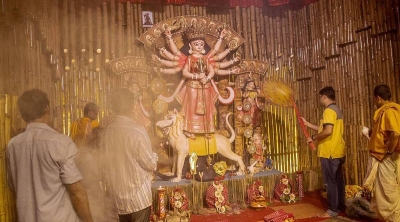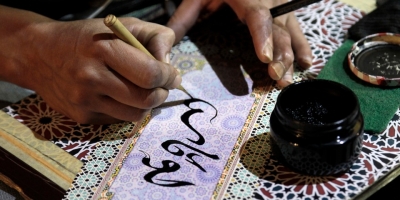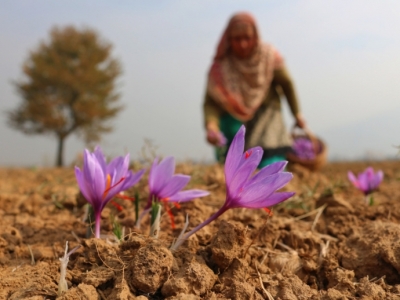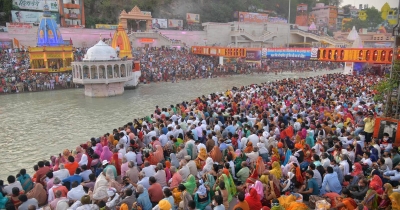Kolkata’s Durga Puja gets UNESCO heritage tag

On December 15, 2021 UNESCO's Intergovernmental Committee for the Safeguarding of the Intangible Cultural Heritage inscribed Durga Puja in Kolkata' on the Representative List of the Intangible Cultural Heritage of Humanity during its 16th session, that took place virtually from December 13 to 18. "As a ten-day celebration, Durga Puja represents the collective worship of the Hindu Goddess Durga. During this time, masterfully designed clay models of the Goddess are worshipped in "pandals" or pavilions where communities get together and celebrate. Several folk music, culinary, craft, and performing arts traditions add to the dynamism of this celebration, according to UNESCO.
As many as 36,946 community pujas are organised across the state every year. Of these, around 2,500 are held in Kolkata.
In recent years, several organisations had urged UNESCO to recognise the festival.
“Durga Puja occupies the heart of every Bengali. Mamata Banerjee has made the best efforts to promote the festival as a national event. She has given a grant of ?50,000 to each of the clubs and also held the carnival. Her efforts and that of the puja organisers have succeeded,” senior Trinamool Congress Lok Sabha member Saugata Roy said.
State Bharatiya Janata Party vice-president Jay Prakash Majumdar said the UNESCO’s recognition was a gift for millions of Bengalis.
“This is a recognition for a culture that has been inculcated and built over several centuries. The UNESCO has recognized the superlative emotion behind the celebrations,” he said.
Yoga as an “ancient India practice” and the Kumbh Mela, considered the world’s largest congregation of religious pilgrims, were inscribed on the list in 2016 and 2017, respectively.
India now has 14 intangible cultural heritage elements on the UNESCO list.
Credit : The Hindustan Times
Picture Credit : Google


